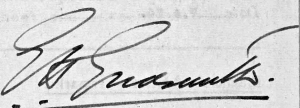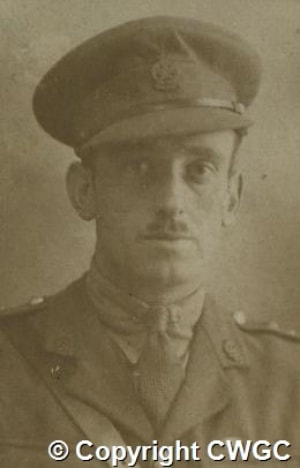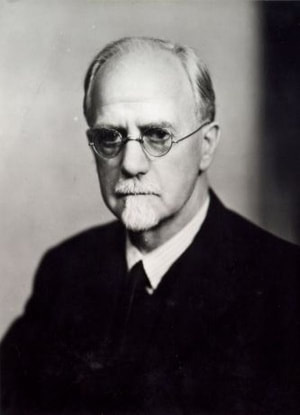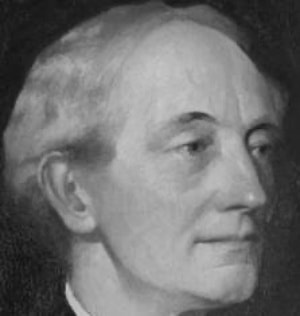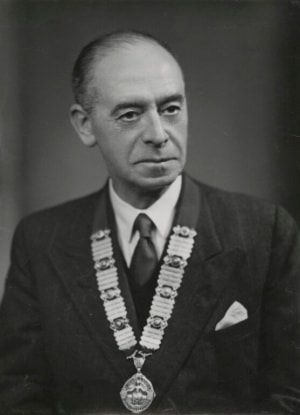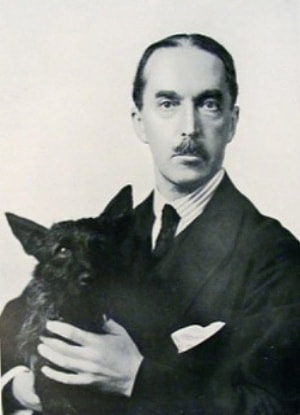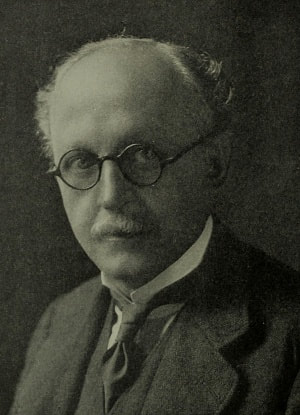Image by Elliott & Fry bromide print. Used under license to NPG x86245 © National Portrait Gallery, London |
Sir Herbert Baker
|
William Bryce Binnie, M. C. and Bar
|
Image by Elliott & Fry bromide print. Used under license to NPG x86388 © National Portrait Gallery, London. |
Sir Reginald Theodore Blomfield
|
Harold Chalton Bradshaw
|
Bradshaw was a Liverpool-born architect. He was a Territorial before the war and was commissioned into the Royal Engineers. He was awarded the Italian War Cross. He was the first Secretary of the Royal Fine Arts Commission, established in 1924. His design work included several Commonwealth War Graves Commission First World War cemeteries and memorials, including the Cambrai Memorial in France and the Ploegsteert Memorial to the Missing and its surrounding cemetery. He also designed the Guards' Division Memorial in St. James's Park in London. |
Image by Walter Stonemanbromide print, 1931. Used under license to NPG x166253 © National Portrait Gallery, London. |
Sir John James Burnet
|
Frederick Chapman Clemesha
|
Frederick Chapman Clemesha was born in Preston, Lancashire, England. He emigrated to Saskatchewan in the early 20th century and opened an architectural practice, Clemesha and Portnall, in Regina. For some unknown reason, Clemshaw changed his surname to Clemesha during his career as an architect. His partner, 10 years his junior, Private Francis Henry Portnall, served with him in the 46th CEF South Saskatchewan Battalion, known as the “Suicide Battalion” owing to its very high casualty rate. Returning to Canada after the war he submitted his plans for the building of the Brooding Soldier at St. Julien near Ypres in Belgium. |
William Harrison Cowlishaw
|
Cowlishaw lived in Norton, Hertfordshire, at that time something of an artists' colony. At the end of World War I, Cowlishaw like many Arts and Crafts architects of the period, was commissioned by the Imperial War Graves Commission to design cemeteries and memorials across France and Belgium under the direction of Sir Frederick G. Kenyon, the Commission's advisor on architecture. Cowlishaw was responsible for the design of the impresssive Pozieres British Cemetery and its Memorial to the Missing on the Somme. Amongst the many cemeteries designed by him are the plot within Zillebeke Churchyard, Grootebeek British Cemetery, Meath Cemetery, Villers–Guislain and Joncourt British Cemetery Whilst at the Commission, he worked with Charles Holden a relationship that continued after the memorial work was completed. |
George Hartley Goldsmith
|
Trained at the Manchester Art School and Victoria University; articled to James Horsfall, Roger Oldham and Henry Goldsmith. He was the Assistant draughtsman to Lutyens 1907-1910. Independent practice in Manchester 1910. War service as Major; MC. Appointed Assistant Architect 27th May 1919, reference provided by Edwin Lutyens. Designed 67 cemeteries and the Memorial to the Missing at La Ferté on the Marne. He left the Commission on the 31st July 1927. He later worked for the Midland Bank and designed banks at Knotty Ash (1936) and Elstree Way (1942). Died 1967. |
Sir Frank Higginson
|
Charles Henry Holden
|
Arthur James Scott Hutton
|
Henry Philip Cart De Lafontaine
|
Image by Elliott & Frybromide print, 1950. Used under license to NPG x86986 © National Portrait Gallery, London. |
George Esslemont Gordon Leith, M. C.
|
Sir Robert Lorimer
|
Sir Edwin Lutyens
|
Verner O. Rees
|
Noel Ackroyd Rew
|
Trained at Slade School and Regent Street Polytechnic 1897-1904. In office of father, C.H. Rew 1902-1912. Independent practice in Berkhampstead from 1912-1914, domestic and ecclesiastical work. He was a Lieutenant with the Royal Engineers from 1915-1919. After the war he designed houses in Berkhampstead and on the 25/05/1919 he was appointed Assistant Architect on a reference supplied by Blomfield. he designed over 42 cemeteries including Bailleul Road and Serre Road. He was appointed part-time on the 01/10/1928 and left the Commission on the 28/02/1929. He then designed houses, schools and Church restorations in Hertfordshire. |
John Reginald Truelove
|
Articled to Hall and Fenton of Sheffield. In private practice for 4 years before the war. Captain in 21st London Regiment 1914-1919, reference from Lutyens. Designed several cemeteries including Noyelles-sur-mer (Chinese). Won competitions for Memorials to the Missing at Le Touret and Vis-en-Artois Cemeteries 1928. Completed by Commonwealth War Graves Commission by 1930. He left the commission on the 25/03/1924. Practised in Nottingham until 1929. He later designed Municipal Buildings, Stoke Newington (1937). He worked for the War dept. in 1940 on Anti-Aircraft H.Q's. He died in 1942.
|
Image used with the permission of the Commonwealth War Graves Commission |
Captain Wilfred Clement Von Berg, M. C.
|
Edward Prioleau Warren
|
Educated at Bristol University. Articled to Bodley & Garner 1880. Independent practice 1885. Ecclesiastical and domestic work, e.g. Great Milton Manor, Oxon., also collegiate work in Oxford and Cambridge, e.g. Caius Cambridge; Balliol, Oxford, Master of Art Workers Guild 1913. Appointed Principal Architect for Mesopotamia 31/10/1919 with honorary rank of Major. Designed cemeteries and Memorial to the Missing at Basra and Tomb of General Maude, Baghdad. Left Commission 31/12/1925. Died 1937.
|






